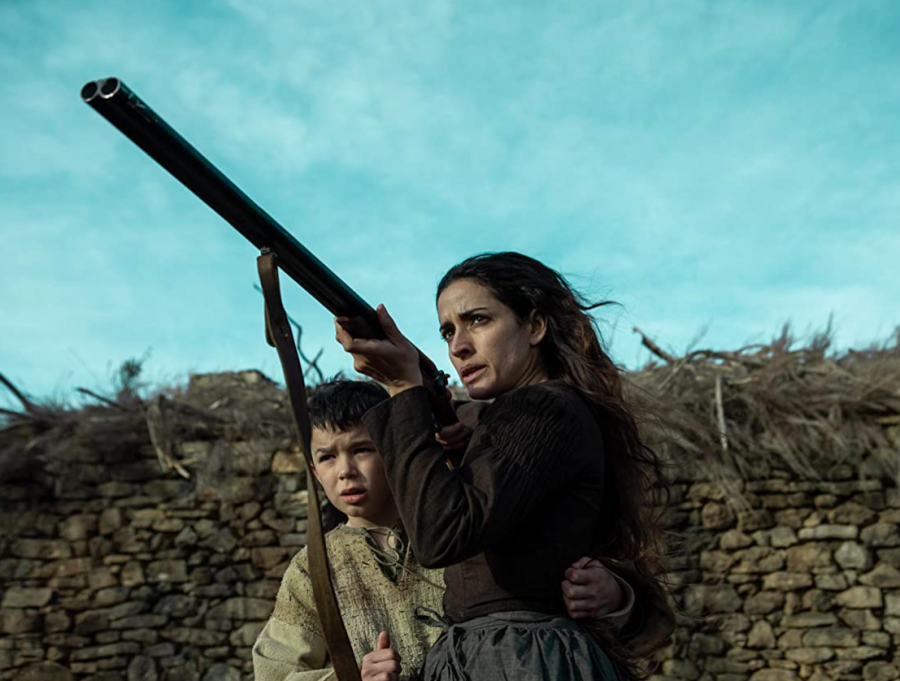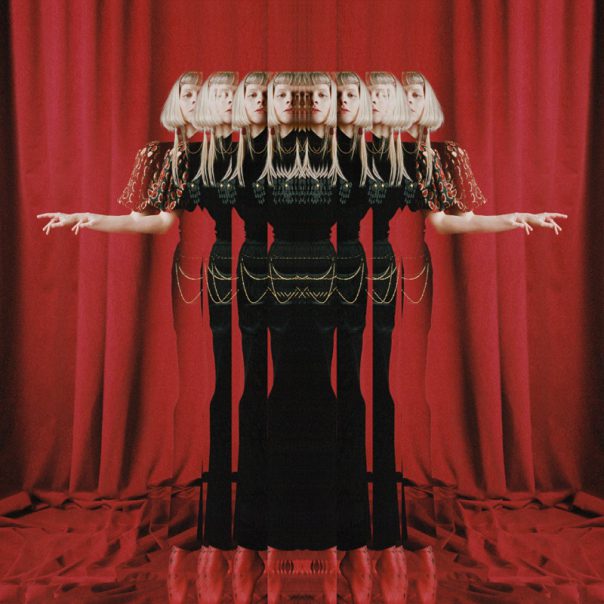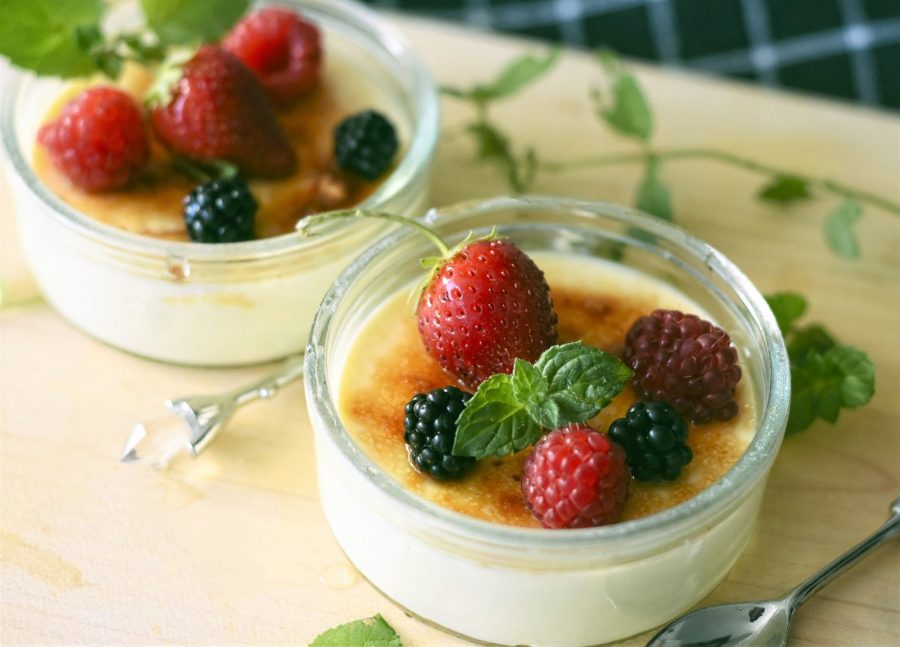Students from Wilfredo Castaño’s History of Photography class traded a lecture on slides in the dark classroom for a lively outdoor presentation of authentic civil war photography.
Last Monday, William Dunniway, self-proclaimed 19th century traveling photographer, set up his 135-year-old camera in the Arts Quad at De Anza to demonstrate the wet-plate collodion process.
Dunniway first became interested in Civil War photography in 1990 and spent more than two years fine-tuning his skills and acquiring the necessary equipment. Today he’s one of a dozen wet-plate photographers in the United States.
The wet-plate collodion process was first introduced in 1851 by the Englishman Frederick Scott Archer.
According to Dunniway’s promotional flyers, the process requires that the glass plates (ambrotypes) or metal plates (ferrotypes) never dry during the entire development procedure.
Once the plate has been coated with a collodion solution, it must immediately be sensitized, exposed in the camera, developed, fixed and rinsed before the plate dries. The field darkroom is a makeshift tent that barely fits one person and the necessary equipment.
Students saw a glimpse firsthand of this blast from the past when Dunniway invited them to dress in Civil War era costumes and pose for the camera.
Student Cindy Nguyen, photography major, said she volunteered to have her picture taken because of the uniqueness of the event.
“It was really awesome to be part of this,” she said.
Castaño said he appreciates this hands-on demonstration for his photography students.
“A history class can die on the slide page, it can die on the blackboard, it can die in the lecture … [this demonstration is] one of the few chances we have to see history recreated,” said Castaño.
Dunniway and his two assistants, Floyd Oydegaard and Brian Pace, usually perform at reenactment events and are compensated by the State of California for demonstrating the history of photography.
Since Dunniway’s method is an exact reproduction of Civil War era photography, one can’t tell the difference between a wet-plate photograph taken in 1865 or 2002.
Collectors and galleries have asked him to sign and date all his work to prevent abuse or incorrect claims to authenticity. Dunniway also alerts potential buyers to claims of false authenticity on his Web site.
He completes about 12 gigs per year, mostly in California, but describes his engagement as a hobby.
“It’s more of a craft than a science. Each image is a special work of art. They are wonderful windows into the past, and I love sharing it with other people,” he said.
Dunniway and his crew will perform in Yosemite from May 20 to May 23 and will participate in a reenactment event in Ardenwood from May 25 to May 27.
More information is available at www.collodion-artist.com/index.html.








